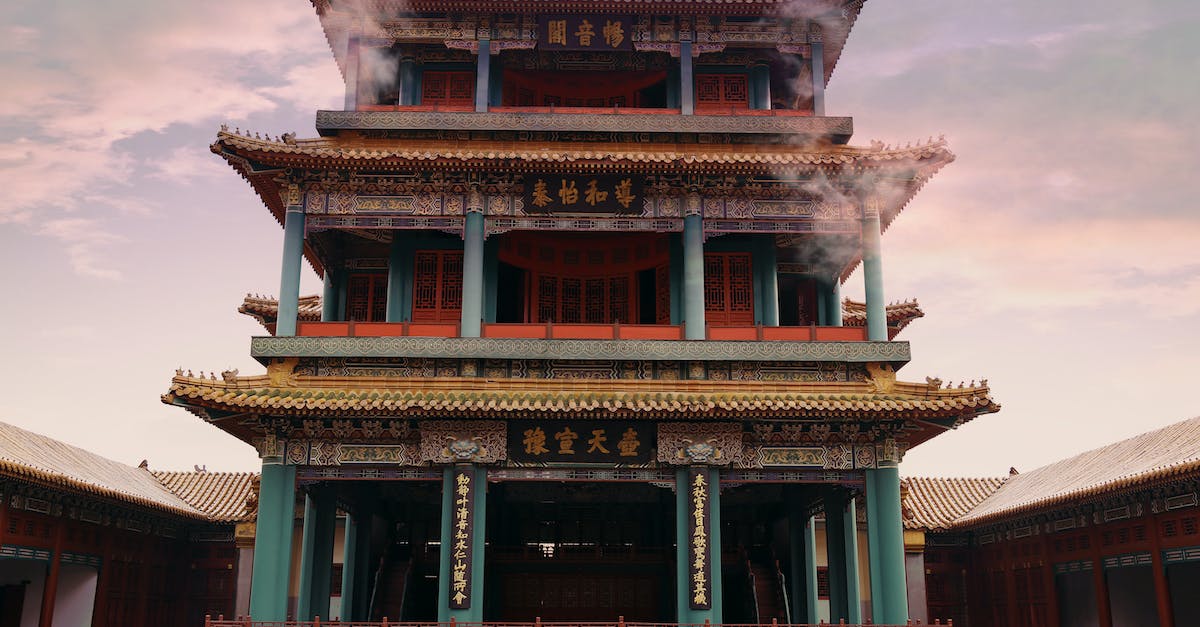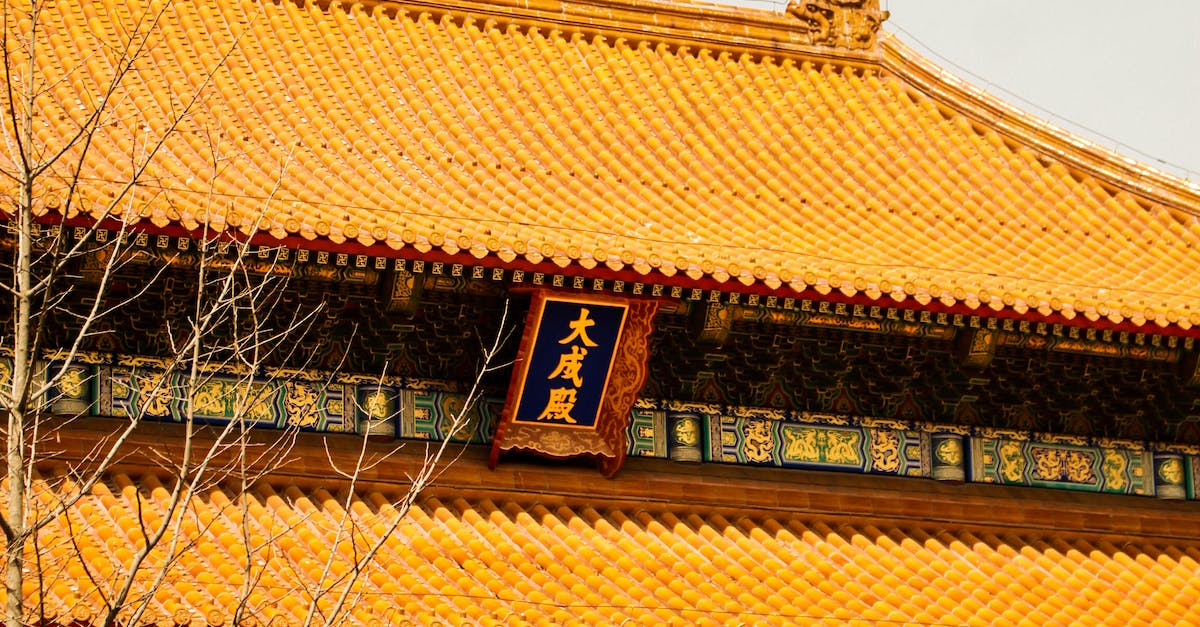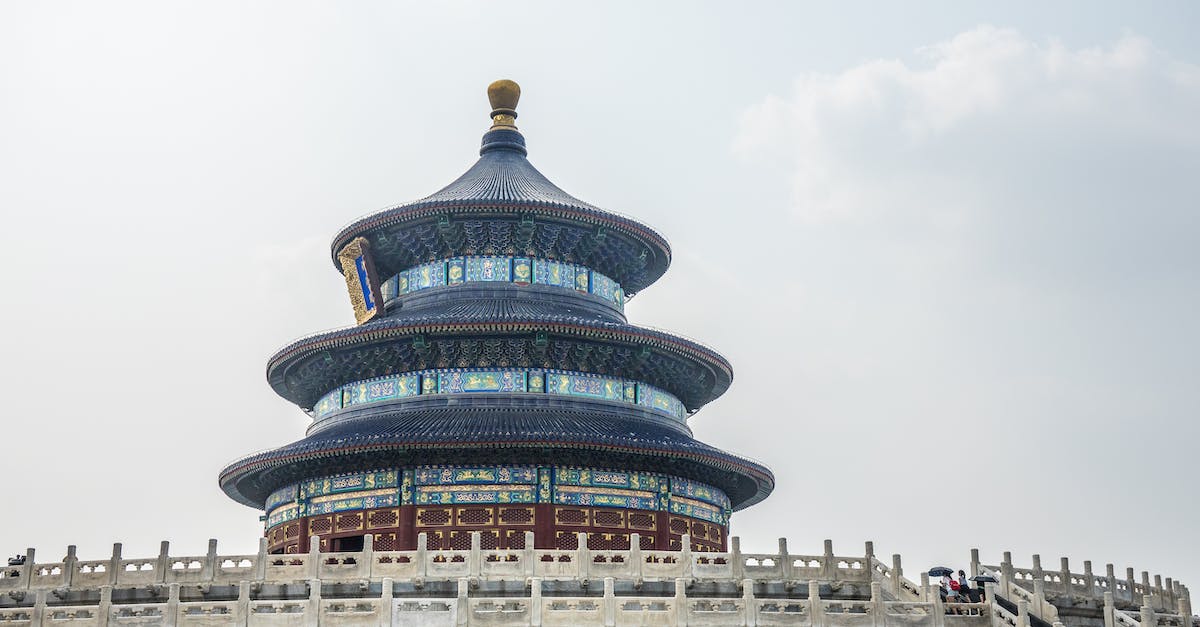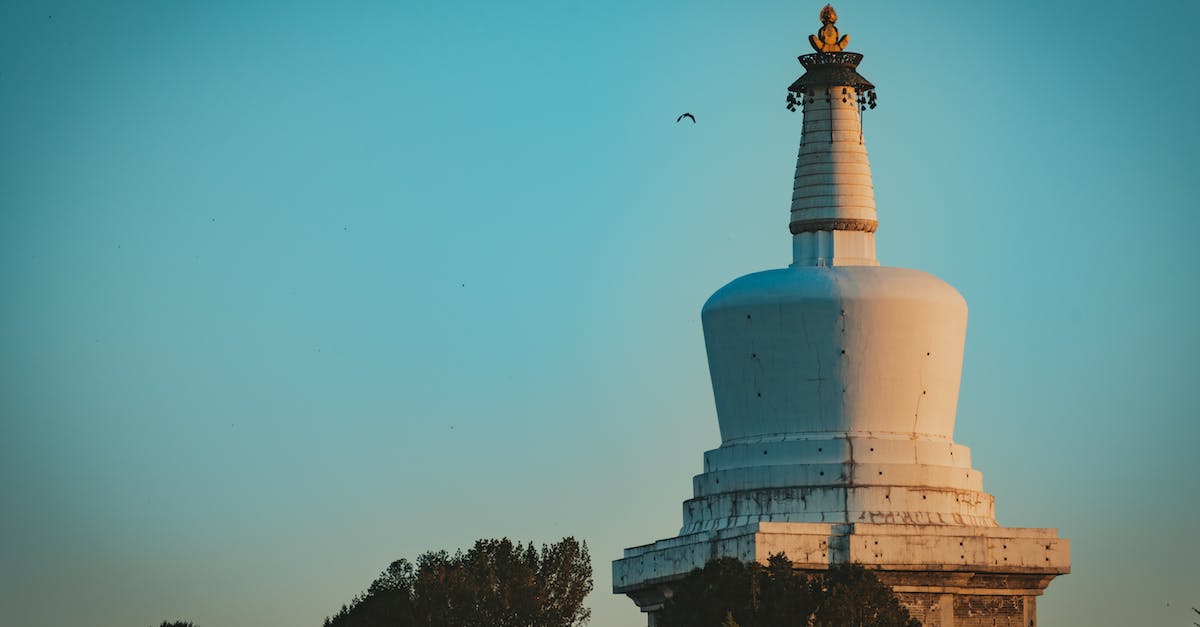
 The Hall of Supreme Harmony is the largest hall in the Forbidden City, with a height of 35 meters. It was used for major ceremonies and housed the throne of the Emperor. The hall is adorned with intricate carvings and colorful paintings, showcasing the grandeur of Chinese architecture.
The Hall of Supreme Harmony is the largest hall in the Forbidden City, with a height of 35 meters. It was used for major ceremonies and housed the throne of the Emperor. The hall is adorned with intricate carvings and colorful paintings, showcasing the grandeur of Chinese architecture.
 The Palace of Heavenly Purity served as the Emperor's living quarters. It was a private residence where the Emperor would handle state affairs and receive officials. The palace features beautiful yellow glazed roof tiles, symbolizing the emperor's supreme status.
The Palace of Heavenly Purity served as the Emperor's living quarters. It was a private residence where the Emperor would handle state affairs and receive officials. The palace features beautiful yellow glazed roof tiles, symbolizing the emperor's supreme status.
 The Imperial Garden is a tranquil oasis within the Forbidden City. It features beautiful landscapes, pavilions, and ancient trees. The garden was designed to provide a peaceful retreat for the Emperor and his family, away from the rigid formality of the palace.
The Imperial Garden is a tranquil oasis within the Forbidden City. It features beautiful landscapes, pavilions, and ancient trees. The garden was designed to provide a peaceful retreat for the Emperor and his family, away from the rigid formality of the palace.
The Forbidden City, located in the heart of Beijing, served as the imperial palace during the Ming and Qing dynasties. It was the residence of Chinese emperors for nearly 500 years, from the 15th century until the early 20th century. The palace complex covers an area of 180 acres and consists of 980 surviving buildings. It is a remarkable example of traditional Chinese palatial architecture and is recognized as a UNESCO World Heritage site. The Forbidden City was off-limits to commoners for centuries, hence its name. It was designed to convey the supreme power and authority of the emperor, with its grand halls, intricate courtyards, and beautiful gardens. Today, it stands as a symbol of China's rich history and cultural heritage.
Within the Forbidden City, visitors can enjoy a variety of traditional Chinese dishes. Some popular options include Peking duck, a famous Beijing specialty known for its crispy skin and tender meat. Another must-try is Gongbao chicken, a spicy Sichuan dish made with chicken, peanuts, and chili peppers. Dim sum, a selection of bite-sized steamed or fried dumplings, is also a favorite among visitors. Additionally, various street food stalls can be found outside the Forbidden City, offering an array of snacks such as tanghulu (candied fruit skewers) and jianbing (Chinese crepes). Exploring the culinary delights of Beijing is a fantastic way to immerse oneself in the local culture and enhance the overall travel experience.